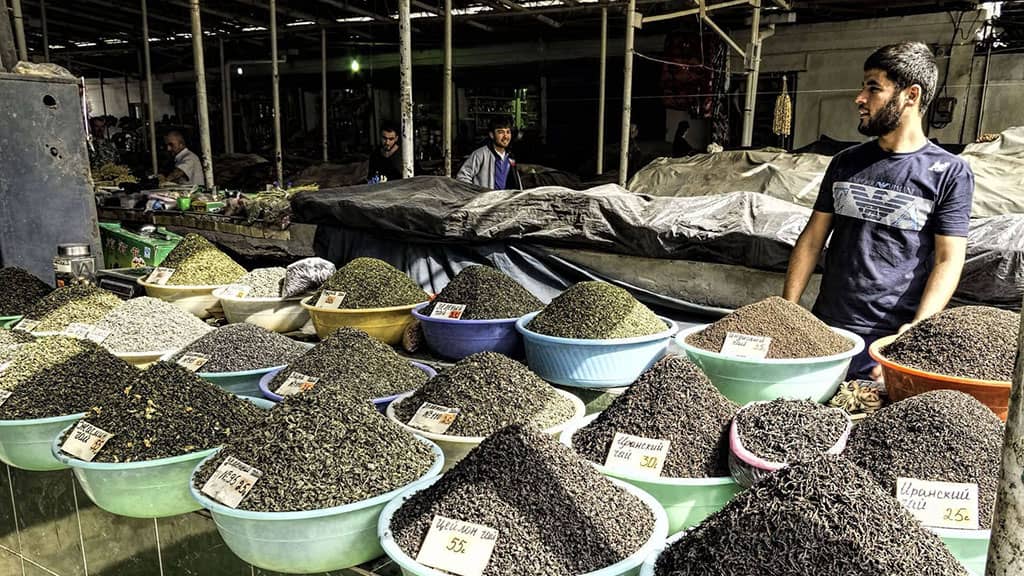
Despite recent challenges, the region of Europe and Central Asia is mostly on track to achieve low hunger by 2030.
Reductions are linked to improvements in agricultural production and productivity, driven by economic and income growth, and an overall increase in food availability, stability, and access.
The regional GHI score exhibited notable progress between 2000 and 2016, though this progress has largely come to a standstill since 2016, albeit at a low level. Reductions are linked to improvements in agricultural production and productivity, driven by economic and income growth, and an overall increase in food availability, stability, and access (Dupouy and Gurinovic 2020; FAO 2019). Turkmenistan and Tajikistan have the highest GHI scores, although Tajikistan has made remarkable progress thanks to rapid economic growth driven by remittances and agriculture. However, climate change poses a significant obstacle to Tajikistan’s food and nutrition security goals (Khakimov et al. 2024).
Conversely, Ukraine and Albania have seen slight increases in their GHI scores. Prevalence of undernourishment has been on the rise in Ukraine, while Albania’s score is influenced by an apparent deterioration in child nutrition. Worryingly, moderate and severe food insecurity has been increasing in recent years (FAO et al. 2024a). The region has faced significant challenges linked to COVID-19, adverse weather events, and the Russo-Ukrainian War, which has fueled displacement; raised food, energy, and agricultural costs; and reduced purchasing power. Despite agriculture’s economic significance, almost all countries in the region are underinvesting in the sector (FAO 2023a).